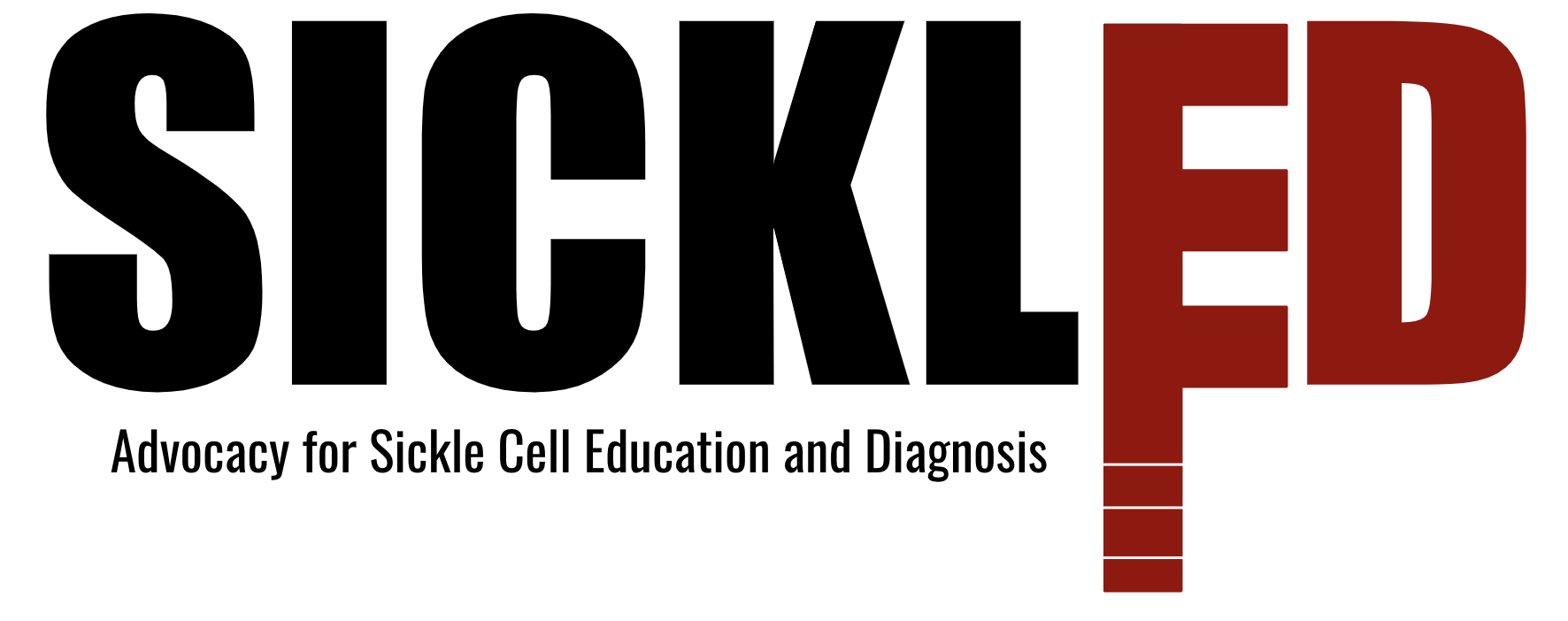To begin our day, we traveled out to the Panlap PHU with our driver William. As we drove through the market of Makeni, people were walking everywhere. The stores of Makeni were bustling with activity as William weaved through traffic. Once we had passed the market, the activity slowly waned as we approached the PHU. With one final turn, we arrived at Panlap. Our team walked into the meeting room and explained to the head nurse that we were from Lehigh University and wished to interview a few staff members about sickle cell disease and their past experience. We rearranged the room to allow for better communication and, to our surprise, we were met with six nurses, all eager to participate. In talking with the PHU staff, the awareness and impact of sickle cell was made clear.
The nurses emphasized some of the public’s practices, such as binding their limbs or applying heat using cooking stones. As we talked about the prevalence of sickle cell disease, its different nature than malaria, and how often PHU caregivers receive feedback from hospital referrals, we began to hand out copies of our new flipbooks. We hoped to receive constructive feedback from workers in the field to refine and improve upon our pilot version. Some recommendations they provided were the types of food available here in Makeni, to encourage not to smoke cigarettes, and advising not to drink iced water. Overall, they seemed to find our flipbook to have potential to be a strong presenting tool during outreach clinics. Although we requested the books not be used as they are only drafts and currently unapproved on the government level, we did choose to leave one copy behind for the nurses. In addition, we explained our lateral flow test project happening at home, showing the most recent pictures with lines and its ability to screen for sickle cell right in the clinic. With many “thank you”s, our team went outside to take one last picture with all of the nurses we had interviewed.

After our visit to the Panlap PHU, we traveled to the Yoni PHU. At the clinic we were welcomed by a member of the clinic and were soon greeted by the head nurse. The head nurse was a useful contact for the team last year and brought the previous team to an outreach clinic in a rural community. At the outreach clinic the nurse had brought a flipbook on Malaria and presented it to the community. This inspired the team to create the flipbook on Sickle Cell Disease. In the interview, the nurse shared her knowledge of Sickle Cell Disease. She explained that her daughter has Sickle Cell Disease so she shared her own experience of the diagnosing and management processes. She shared that money was necessary for the diagnosis and management, making the option inaccessible for many people. To help manage it, she was given medicine for free, although much of it had expired so she stopped giving it to her daughter. She also provides her daughter with pain medication and ensures her daughter is eating plenty of leafy greens.
The nurse said that the doctors and healthcare workers have an understanding of Sickle Cell Disease and that efforts should be focused on diagnosis and treatment. She also mentioned that although sickle cell disease affects much of the community, there is a lot of misinterpretation and lack of information about the disease within communities. In areas where there are members known to have sickle cell, the nurse encourages them to plant a garden composed of leafy greens for those with sickle cell to ensure they are eating nutrient rich food.
We then turned our attention to our flipbook. The nurse gave us very helpful feedback on our current draft. Her suggestions included editing some of the pictures to show the leafy green leaves that are readily available in Sierra Leone as well as changing the expression and depiction of some of the characters to make the pictures more representative of the disease with easier interpretation by nurses and children.
After the interview, we made our way back to the World Hope Office to continue planning, debrief the morning, and catch up on paperwork. Later, we had a meeting with Professor Mehta to sort out the best plan of attack for the next three weeks, sorting through various points of interest that could make a lasting impact before we leave. We decided that the best steps to take were to prepare an SOP for sickle cell disease, something that had been missing for quite some time. But the only way to introduce such a document would be through the DMO.
